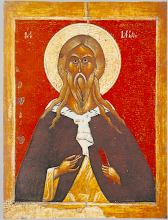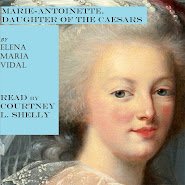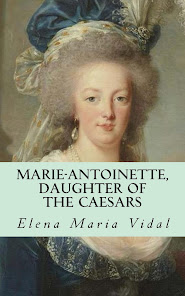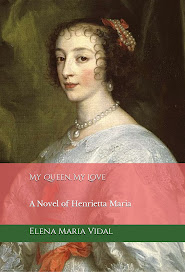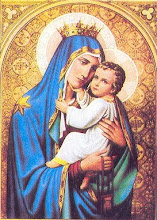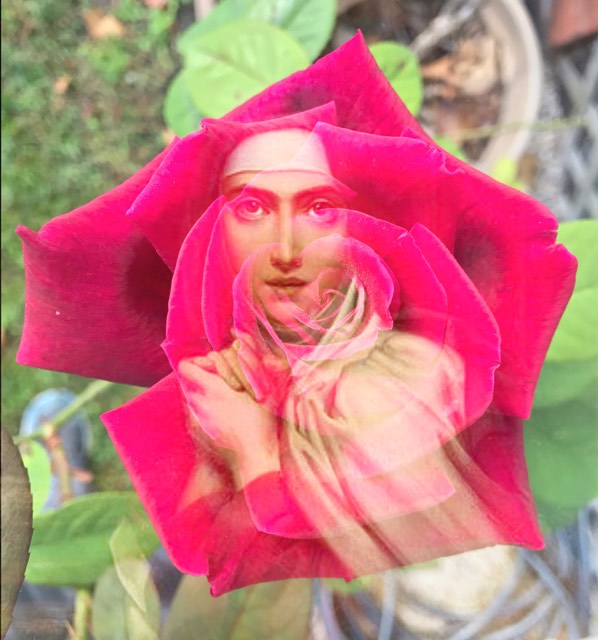 Today is the feast of Saint Geneviève, Patroness of Paris. She was a virgin consecrated to God from her earliest childhood, and displayed wisdom and courage. She guided kings, fed and taught the poor, worked miracles, cast out demons and courageously withstood the Franks and Atila the Hun. She encouraged the people of Paris to pray and do penance in order to avert the plague. She died in 512 and her tomb was for centuries a sight of pilgrimage and healings for all of France. Louis XV began to build a new church in her honor in 1764 after he was healed through her intercession. During the Revolution the church was converted into a pagan temple called the Pantheon. Most of the Saint's relics were destroyed in 1791.
Today is the feast of Saint Geneviève, Patroness of Paris. She was a virgin consecrated to God from her earliest childhood, and displayed wisdom and courage. She guided kings, fed and taught the poor, worked miracles, cast out demons and courageously withstood the Franks and Atila the Hun. She encouraged the people of Paris to pray and do penance in order to avert the plague. She died in 512 and her tomb was for centuries a sight of pilgrimage and healings for all of France. Louis XV began to build a new church in her honor in 1764 after he was healed through her intercession. During the Revolution the church was converted into a pagan temple called the Pantheon. Most of the Saint's relics were destroyed in 1791.
The Rise of Balls in English Society
14 hours ago
